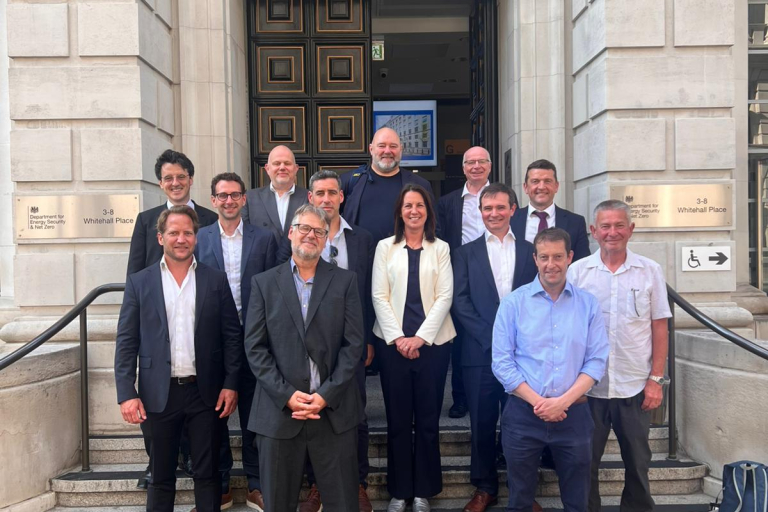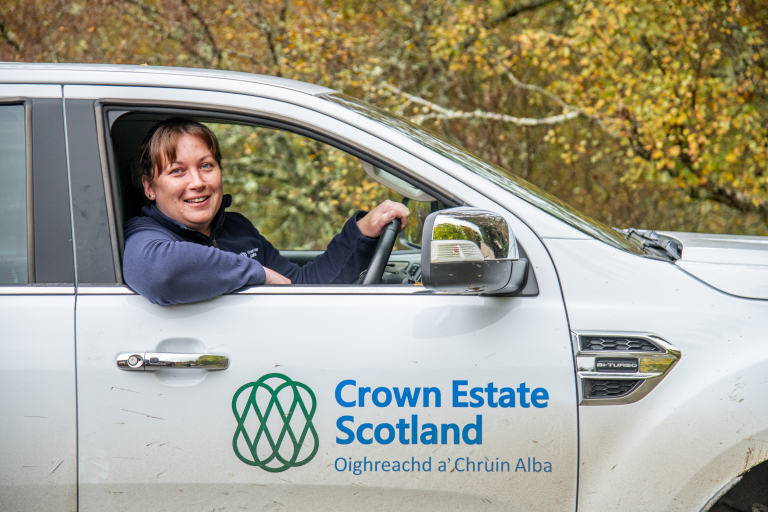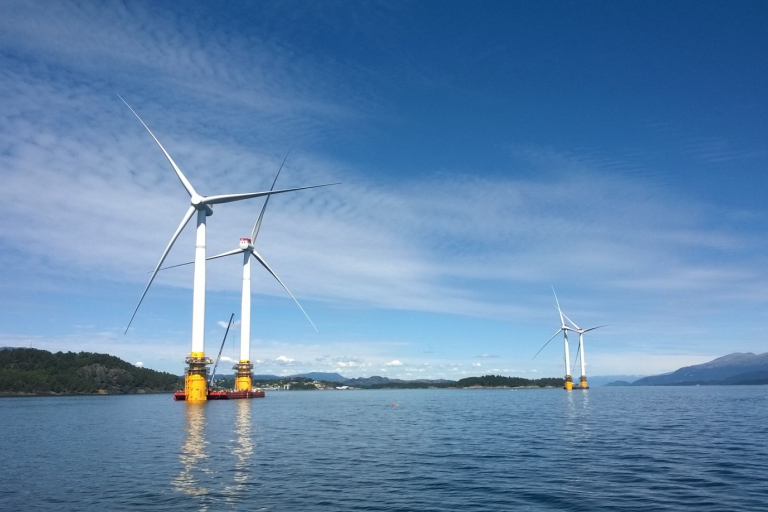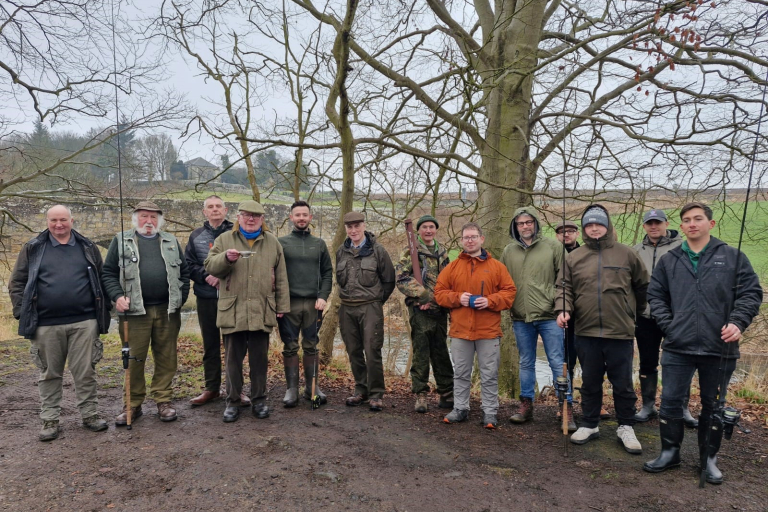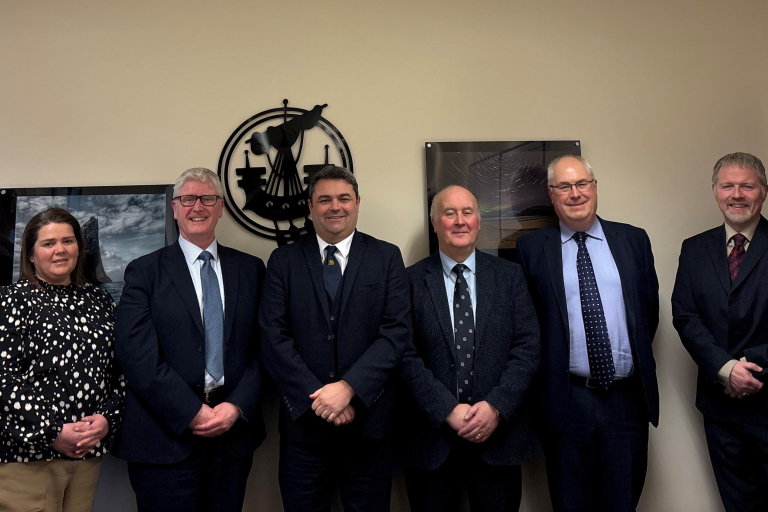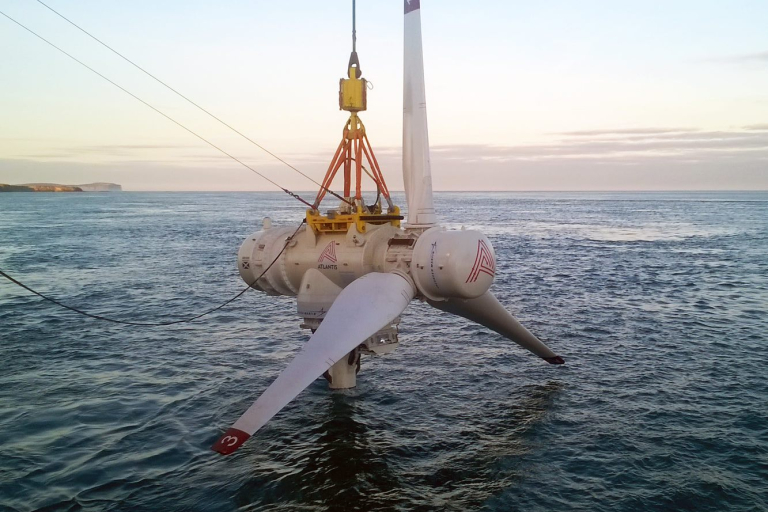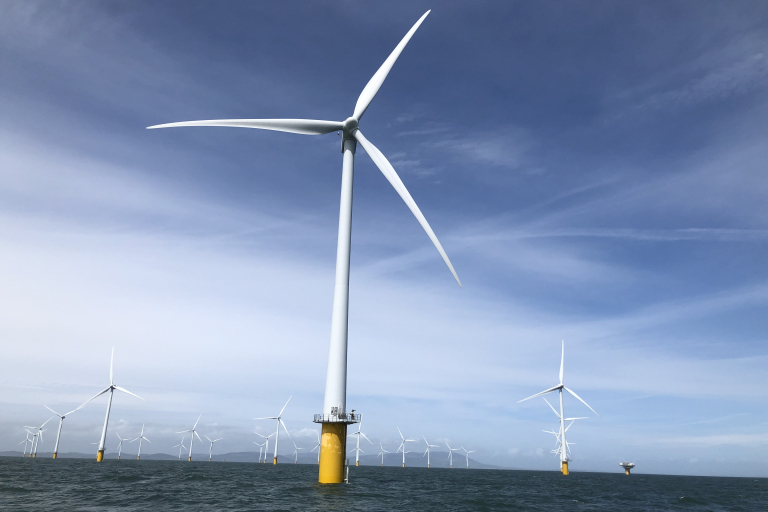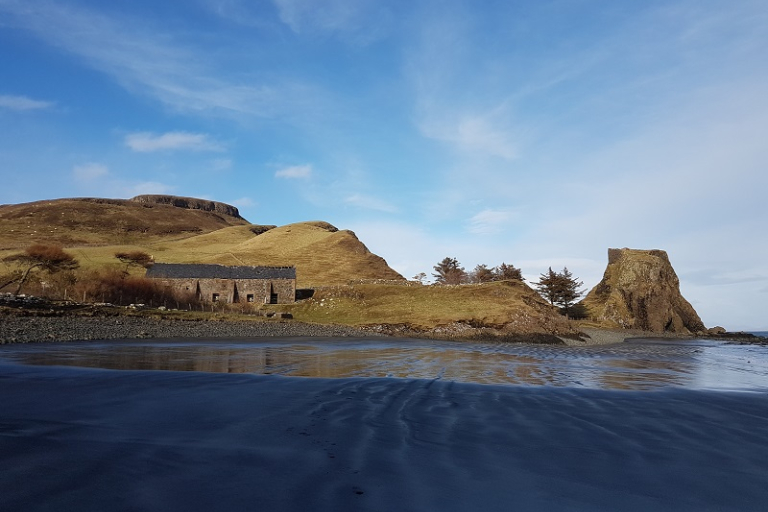Request
“Please can you send me all information relating to the adverse claim to the foreshore against Crown ownership of the foreshore relating to the isle of Gometra and the isle of Ulva, both off the West Coast of Mull.
Please include the original claim and evidence provided by the owner of Gometra and the owner of Ulva detailing the basis of the adverse claim against the Crown for ownership of the foreshore.”
Response
We are unable to release third party information in relation to an adverse claim. Disclosure would contravene the principles of the UK General Data Protection Regulation (UK GDPR) therefore, exception 11(2) “personal information” under EIRs is applied to personal data (personal data is information that would identify a living, natural human being). In certain circumstances, depending on the FOI(S)A query we received, we might apply the FOI(S)A exemption section 33(1)(b) “prejudice substantially the commercial interests”, exemption 36(1) “confidentiality of communications” or EIR exception 10(5)(d) “the confidentiality of the proceedings” to adverse claim records. Such exemptions or exceptions are applied on a case-by-case basis, depending on the request and circumstances of the matter.
The information sought by your query is specific to third parties’ engagement with Crown Estate Scotland about a legal process. In this instance, legal advice has been withheld from this response with regards to Gometra.
Adverse claims are a legal process and, as such, relevant EIR exceptions protect the rights of third party individuals in certain circumstances.
This is to maintain the confidentiality of proceedings where there is a legal claim. Exception 10(5)(d) “Confidentiality of proceedings” under EIRs has been applied for these reasons. This exception is subject to a public interest test. We recognise that there is a public interest in disclosing information as part of an open, transparent and accountable public corporation and we understand that disclosure may help inform the public about the adverse claims process.
However, this is outweighed by the strong public interest in maintaining the right to confidentiality of communications between legal advisers and clients, and to ensure that Crown Estate Scotland is able to receive legal advice in confidence.
Therefore, taking account of all the circumstances of this case, we have considered if the public interest in disclosing the information outweighs the public interest in applying the exception. We have found that, on balance, the public interest lies in favour of upholding the exception so that decisions are taken by Crown Estate Scotland in a fully informed legal context.
It may be helpful, however, to further explain the Crown Estate Scotland adverse claims process.
Information about Crown Estate Scotland’s adverse claims process can be found in FOI 350_Bakkafrost - Little Colonsay | Crown Estate Scotland
To further explain about the process of adverse claims, below is a list of the type of information that a solicitor, on behalf of a claimant, would need to provide to Crown Estate Scotland to consider a claim. This information might include (but is not limited to):
-
Adjacent estate or property owned by Claimant (if applicable)
-
Location of foreshore claimed and an Ordnance Survey Map extract showing the area
-
The claimant must specify which of the following their claim is based on:
-
Crown Charter specifically conveying foreshore, or
-
Barony title or Crown Charter with unspecified boundaries linked with exclusive possession of the foreshore for a lengthy period of time, or
-
A title linked with exclusive possession (currently 20 years of exclusive possession)
-
The original writ (or a certified copy) on which the claim is founded
-
A certified copy of all relevant titles and the dates of recording of those titles
-
A description of the property in Claimant’s title(s)
-
A full list of acts of possession by the Claimant, with certified copies of consents granted or sworn affidavits if applicable.
All foreshore adverse claims follow the same process. In the first instance a claimant should contact the CES Coastal Management Team. CES then evaluates acts of possession from records provided by the claimant, relying on documents provided as per the above.
With reference to your question about Gometra, we have attached a “For Information Only” plan showing non-crown and crown foreshore for Gometra and surrounding area which we are able to include in our response to your request.
To clarify, this is spatial information from our systems and, as titled, for your information only. Please request any title deeds from Registers of Scotland who are responsible for compiling and maintaining records relating to property and other legal documents.
Crown Estate Scotland does not conduct research into title deeds, including historic title deed boundaries, on behalf of individuals. For research regarding title deeds, you can contact Registers of Scotland. More details can be found from Registers of Scotland (https://scotlis.ros.gov.uk/property-summary/ARG26792).
In reference to your question about Ulva, the crown has registered title to part of the foreshore on Ulva. All decisions about the release of information are made on a case-by-case basis at the time of the request. Historically, some information about the adverse claim relating to Ulva was released. Please find these documents on our disclosure log on our website here: REF: 285 - Ownership records for foreshore at Iona, Little Colonsay and Ulva | Crown Estate Scotland.
Please note that Crown Estate Scotland define foreshore and seabed as:
-
Foreshore: between Mean High-Water Springs (MHWS) and Mean Low Water Springs (MLWS).
-
Seabed: is from the foreshore limit and out to 12 nautical miles (up to 200 nautical miles for renewable energies and cables relating to these sites).


